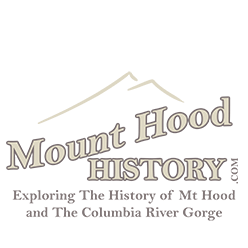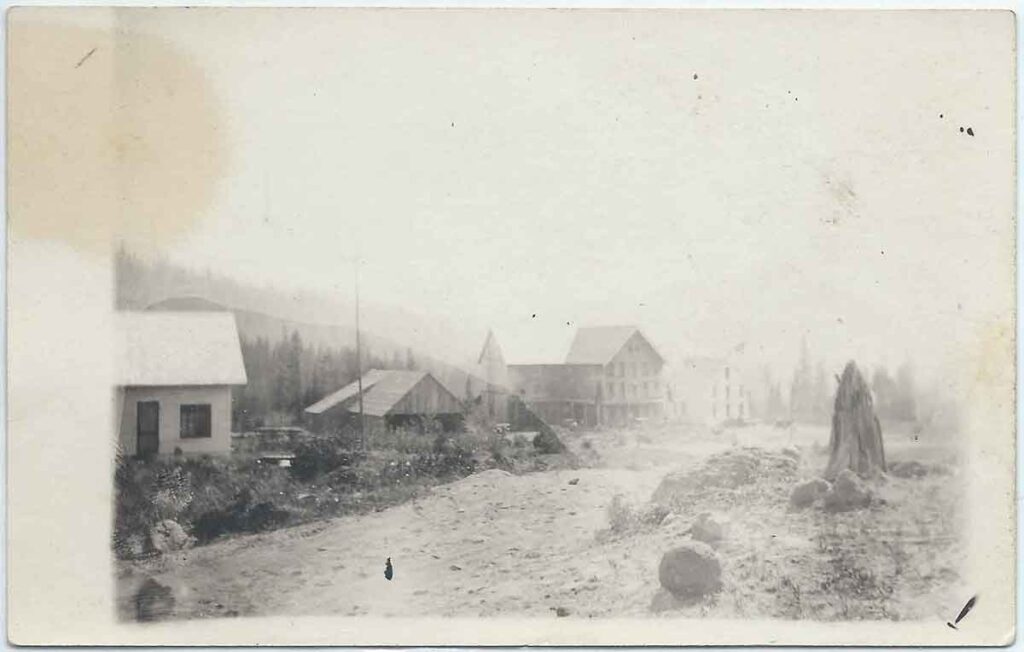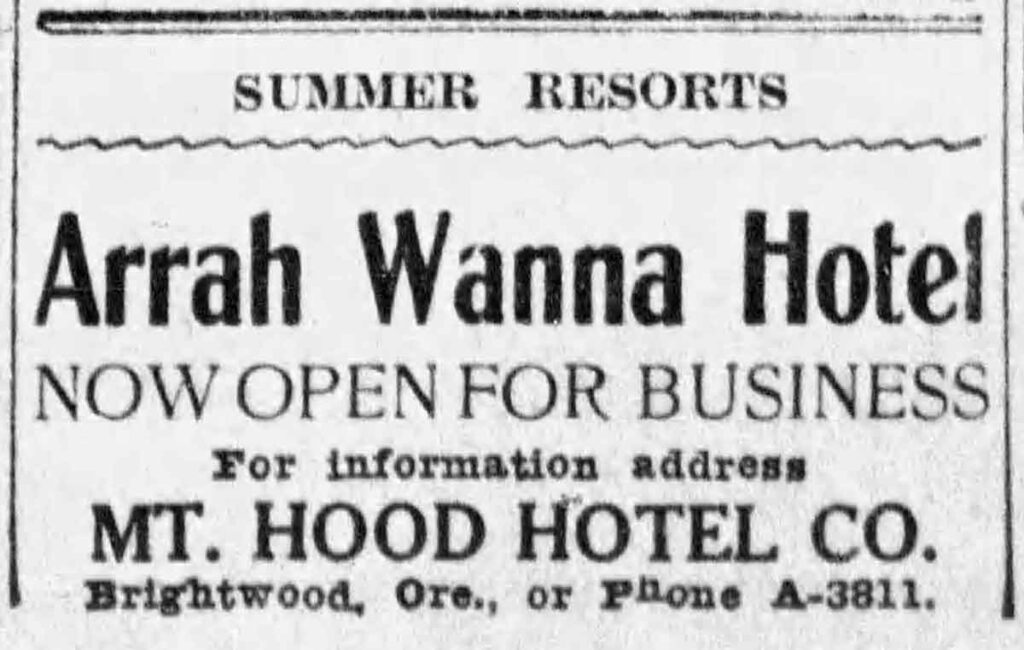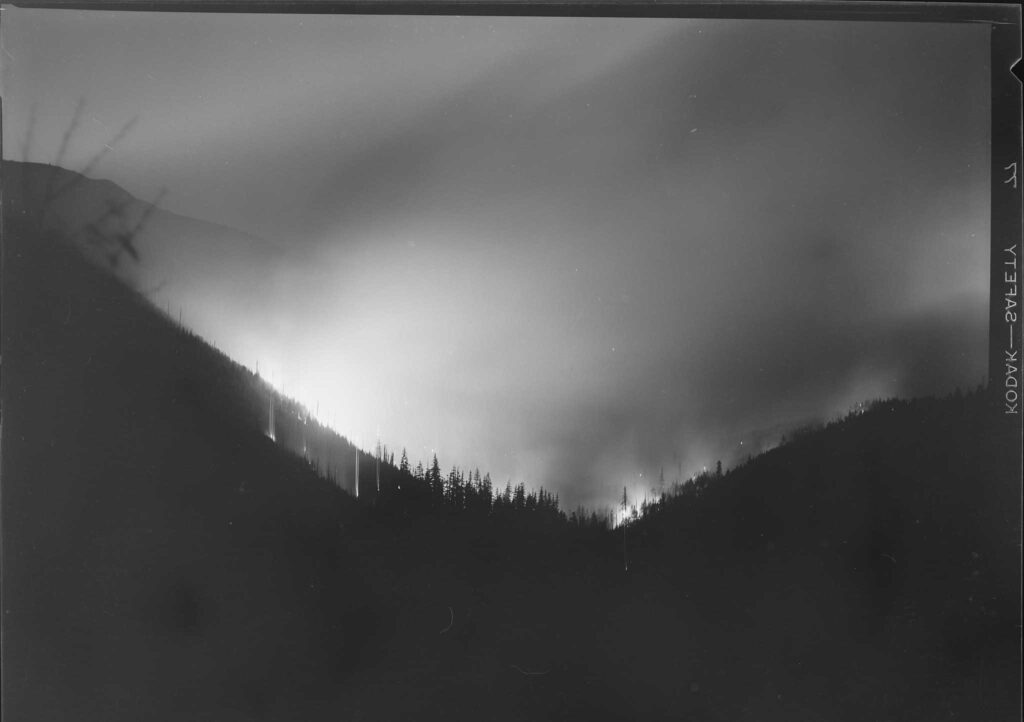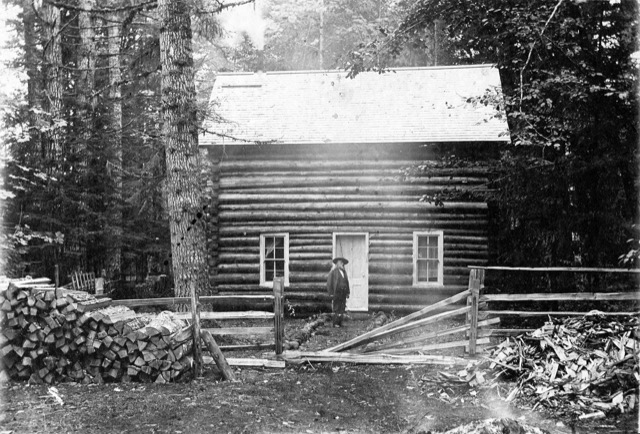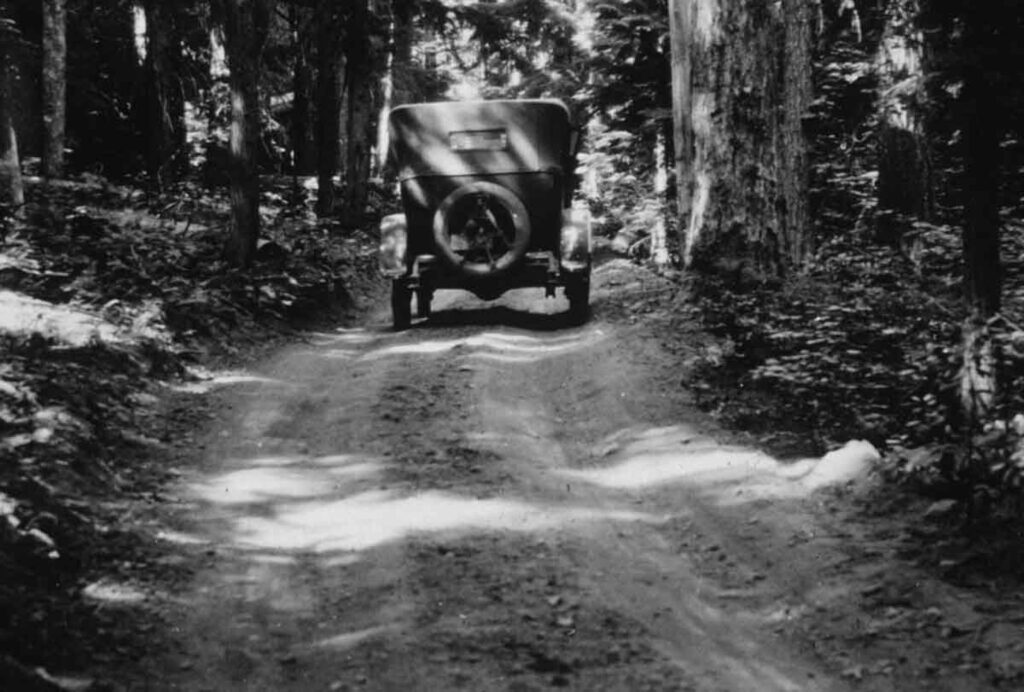Echoes from Pompeii Oregon Government Camp Almost Became Pompeii There’s a ton of excellent information in this 1911 Oregonian article about the very early days Government Camp/Pompeii Oregon. The area where Government Camp is located had been known by that name since 1849 when the Regiment of Mounted Riflemen, enroute from Fort Leavenworth Kansas to … Continue reading The Early Days of Government Camp Oregon
Arrah Wanna Hotel in Wemme Oregon
Nestled in the picturesque surroundings of the Salmon River in Wemme, Oregon sits the Arrah Wanna Lodge
Fires, Fear, and Fighting Back: The Week the Forest Burned Near Mt. Hood
Late in the season, around midnight on October 13, 1952, trouble began in the dry forests surrounding Mt. Hood.
Zigzag Cabin Owner: A Local Legend
Montavilla neighborhood of Dr. William DeVeny. Known as the “Buffalo Bill of Portland,” DeVeny left a lasting legacy in Montavilla and the Mount Hood region.
The Modern Barlow Trail Road
The Historic Paths of Barlow Trail Road and Lolo Pass Road Have you ever driven along Barlow Trail Road or Lolo Pass Road and wondered about their origins? These quiet, winding roads are more than just modern routes—they are living pieces of history. Long before cars or bicycles rolled over them, these paths were game … Continue reading The Modern Barlow Trail Road
